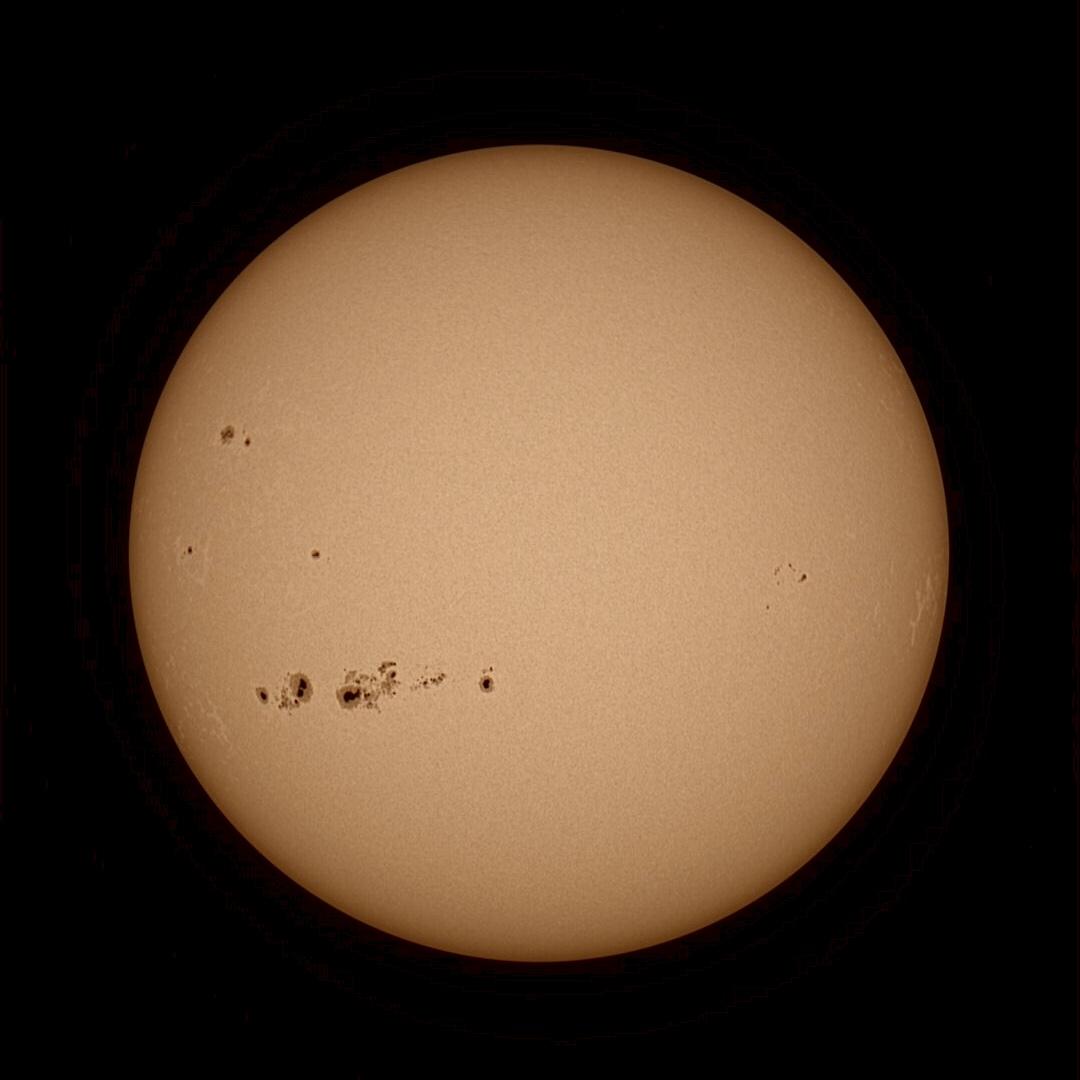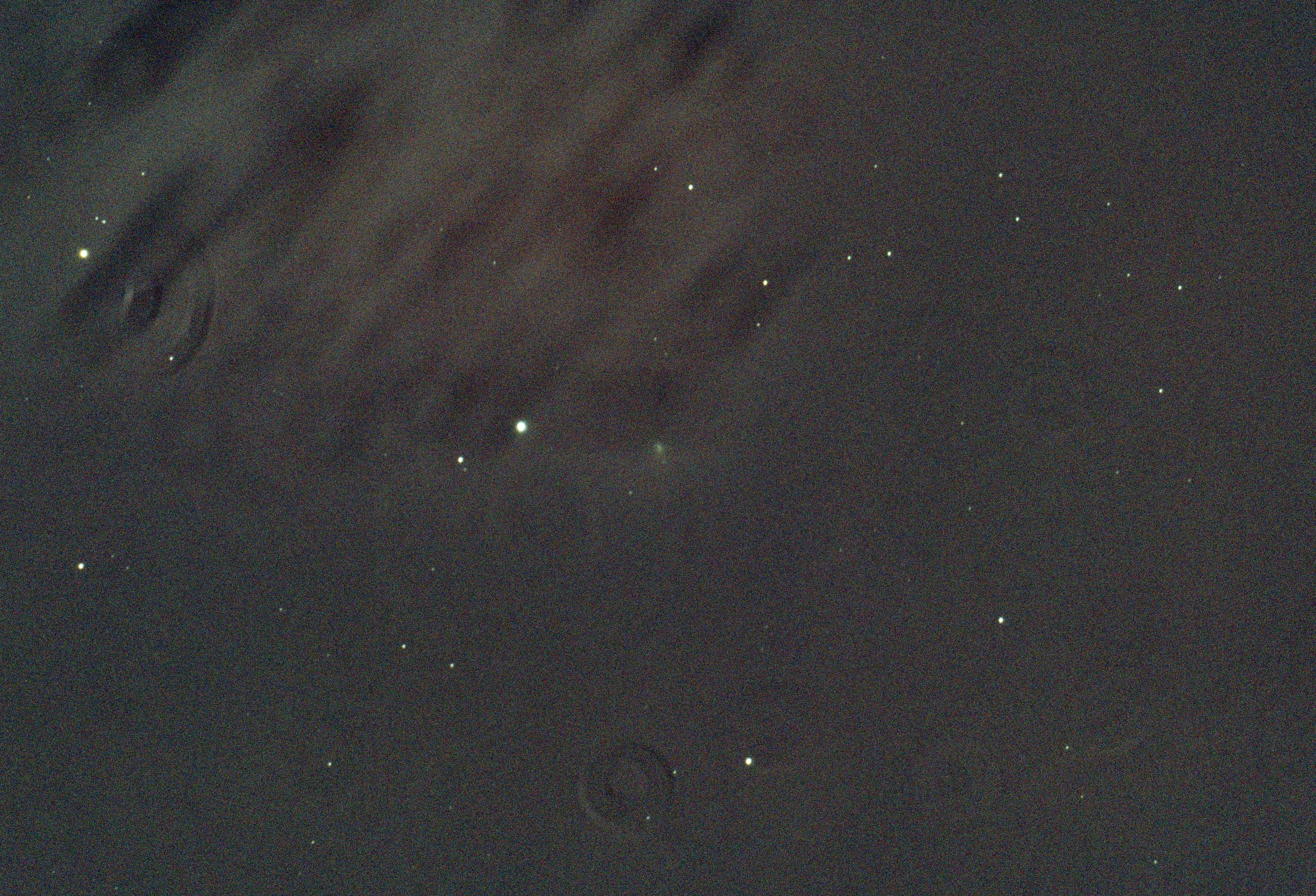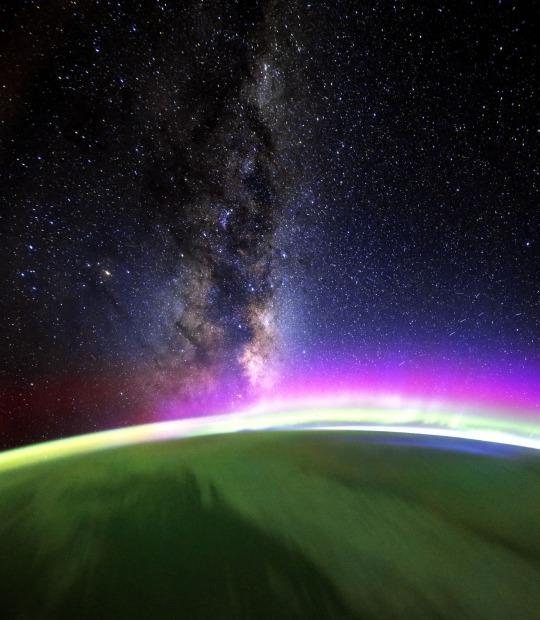Stephan's Quintett https://bit.ly/4lB3t68 🔭 #astrophotography🔭📷
In the words of spaceweather.com, this is a sunspot about which "[e]ven Richard Carrington would be impressed."
#astrophotography #sunspot
Spectacular #Sunspots visible in this stacked picture of the Sun, taken from North Oxfordshire in the UK today. There are two very (very!) large sunspots visible in the lower third of the disk. Leftmost is 4296 and next to it is 4294. The ‘small one’ to the right is 4298 and that’s about the size of Earth. 4294 and 96 are getting some attention as they are very big and chucking out X flares.
#Astrophotography
Dust and Light in the Rosette Nebula
Credits: Nicolas Outters, Observatoire d'Orange
#nature #space #astrophotography
Stephan's Quintett https://bit.ly/4lB3t68 🔭 #astrophotography🔭📷
In the words of spaceweather.com, this is a sunspot about which "[e]ven Richard Carrington would be impressed."
#astrophotography #sunspot
It’s not much to look at, only four minutes of data and with a tree in the way, but it’s mine.
Interstellar #comet 3I Atlas.
Sunset from ISS
Spectacular #Sunspots visible in this stacked picture of the Sun, taken from North Oxfordshire in the UK today. There are two very (very!) large sunspots visible in the lower third of the disk. Leftmost is 4296 and next to it is 4294. The ‘small one’ to the right is 4298 and that’s about the size of Earth. 4294 and 96 are getting some attention as they are very big and chucking out X flares.
#Astrophotography
It’s not much to look at, only four minutes of data and with a tree in the way, but it’s mine.
Interstellar #comet 3I Atlas.
The Rosette Nebula 🌹
You guessed it, it’s a gassy region forming new stars! I used my new narrowband filters to image this, which gave me data in red, deep red, and cyan.
That meant “interpreting” the data into something that looks pretty, by mapping them onto red, green and blue in different ways.
There are two attempts. The first one using more or less the pallette used for Hubble images, the other a classic “SHO” mapping for sulphur, hydrogen, oxygen onto red, green and blue.
I didn’t get much sulphur data because clouds, so the red channel is very weak in that one. The other one uses a formula to mix sulphur and hydrogen data for the red, so it gets brighter and yellower.
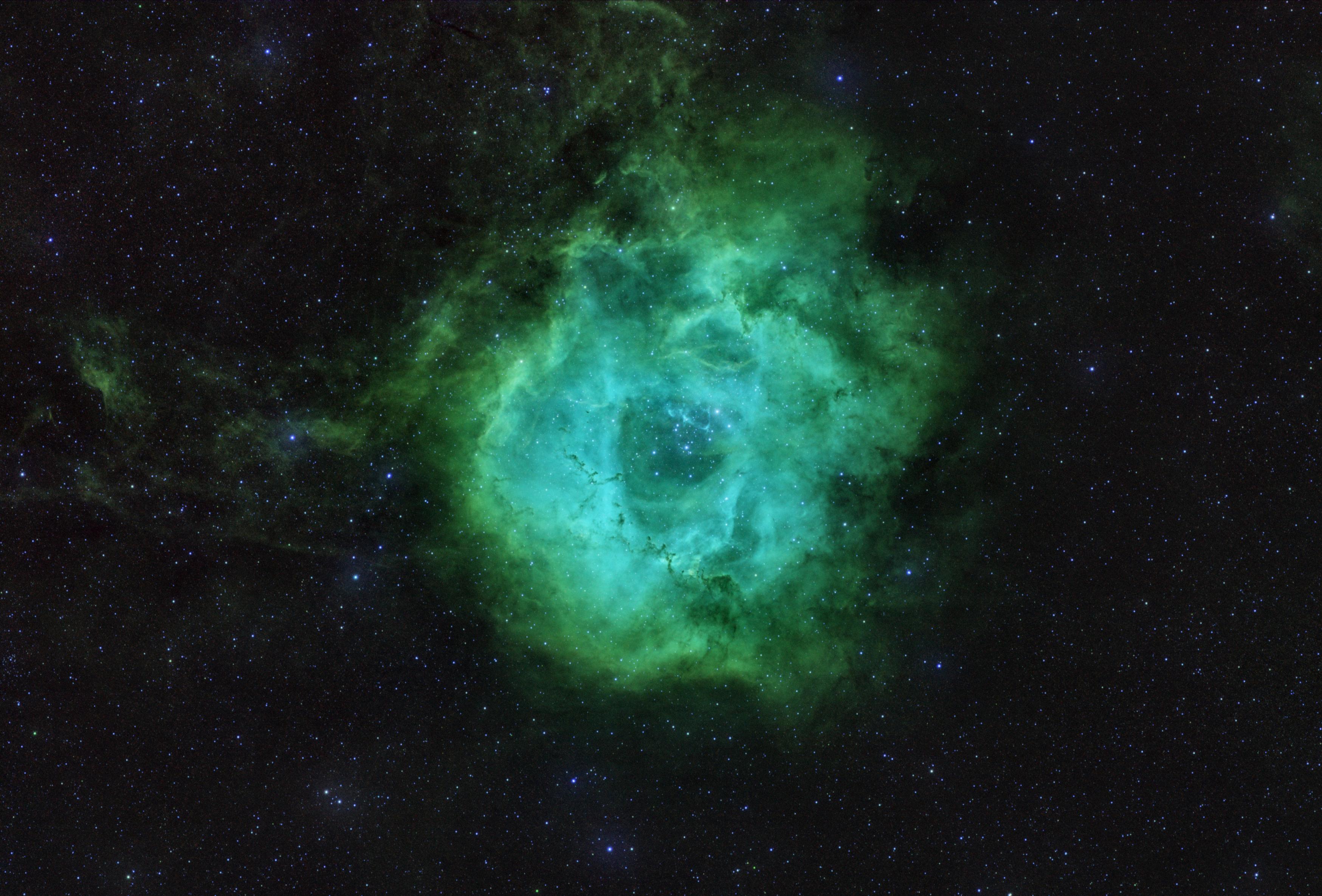
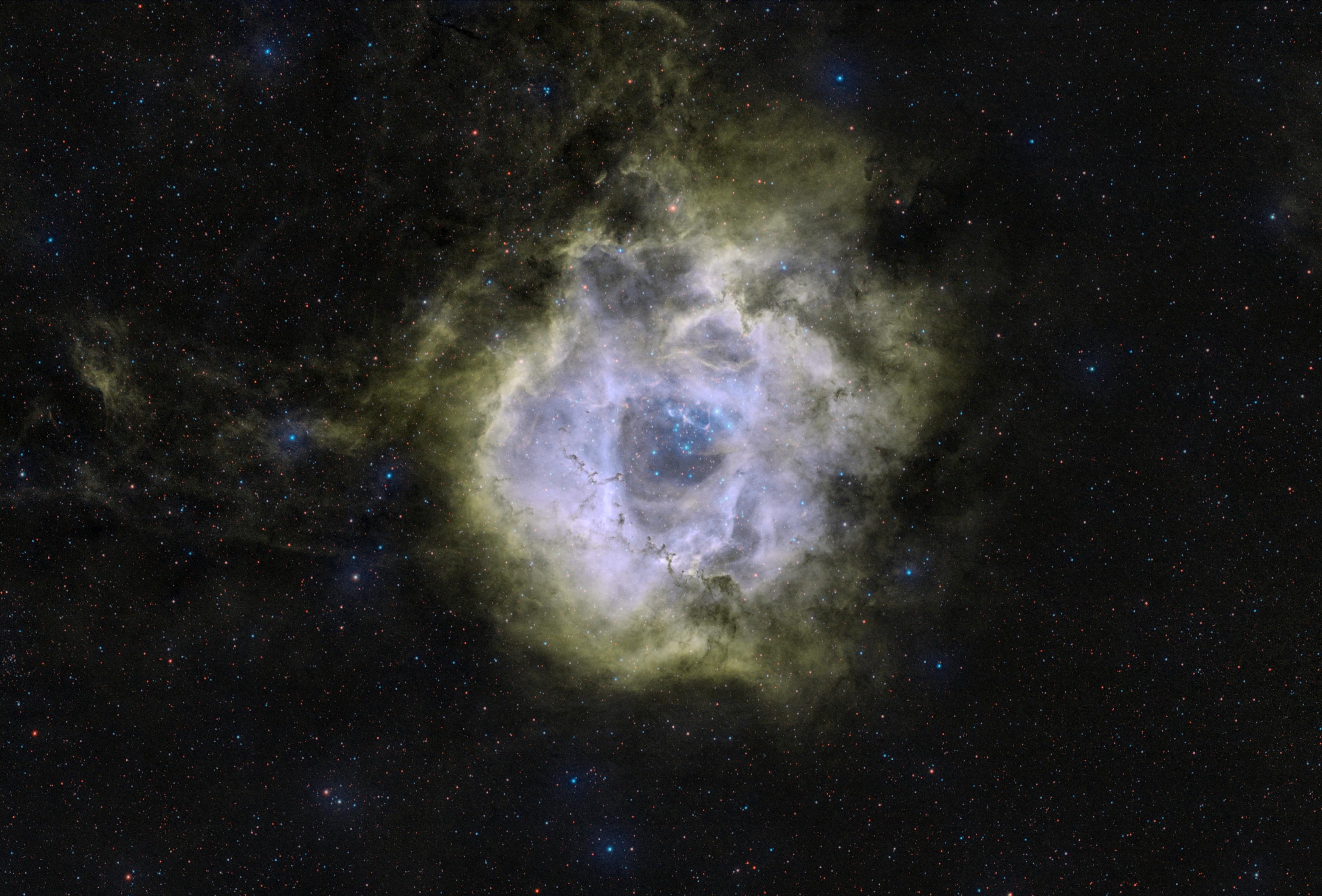
"Look Mum! No computer! 😂"
Aka: the crudest DIY remote control ever.
* as a tribute to the YT channel of that name.
** I know there's a computer in the camera
*** And another in the mount but that one is superfluous
Dust and Light in the Rosette Nebula
Credits: Nicolas Outters, Observatoire d'Orange
#nature #space #astrophotography
Sunset from ISS
Astronaut Don Pettit took this photo from space in January 2025, as the Sun began to rise over a cloudy Pacific Ocean. This long-exposure image shows off the wide band of the Milky Way, our home galaxy, above the aurora and airglow that shine closer to Earth's horizon.
Podcast:
https://www.nasa.gov/podcasts/houston-we-have-a-podcast/the-art-of-astronaut-photography/
#astrophotography
#Earth
#MilkyWay
#aurora
#NASA
#ISS
#DonPettit
#sunrise
#airglow
My backyard is extremely light polluted, there's a bright street light literally right over it, and there's tall buildings all around which means there's only a very limited area of sky that's visible. Even on a clear night it's difficult to make out anything but the brightest stars and planets with the naked eye.
I never thought photos like this would be possible here, and yet I can set up my telescope and let it do its thing while I sit inside, warm and comfortable.
All images are done with 10 second exposures, stacked and processed entirely in the Seestar app.
1: M31 - Andromeda Galaxy (45 minutes total integration time)
2: NGC 281 - Pacman Nebula (20 mins integration)
3: NGC 1545 (5 mins integration)
4: NGC 1499 - California Nebula (40 mins integration)
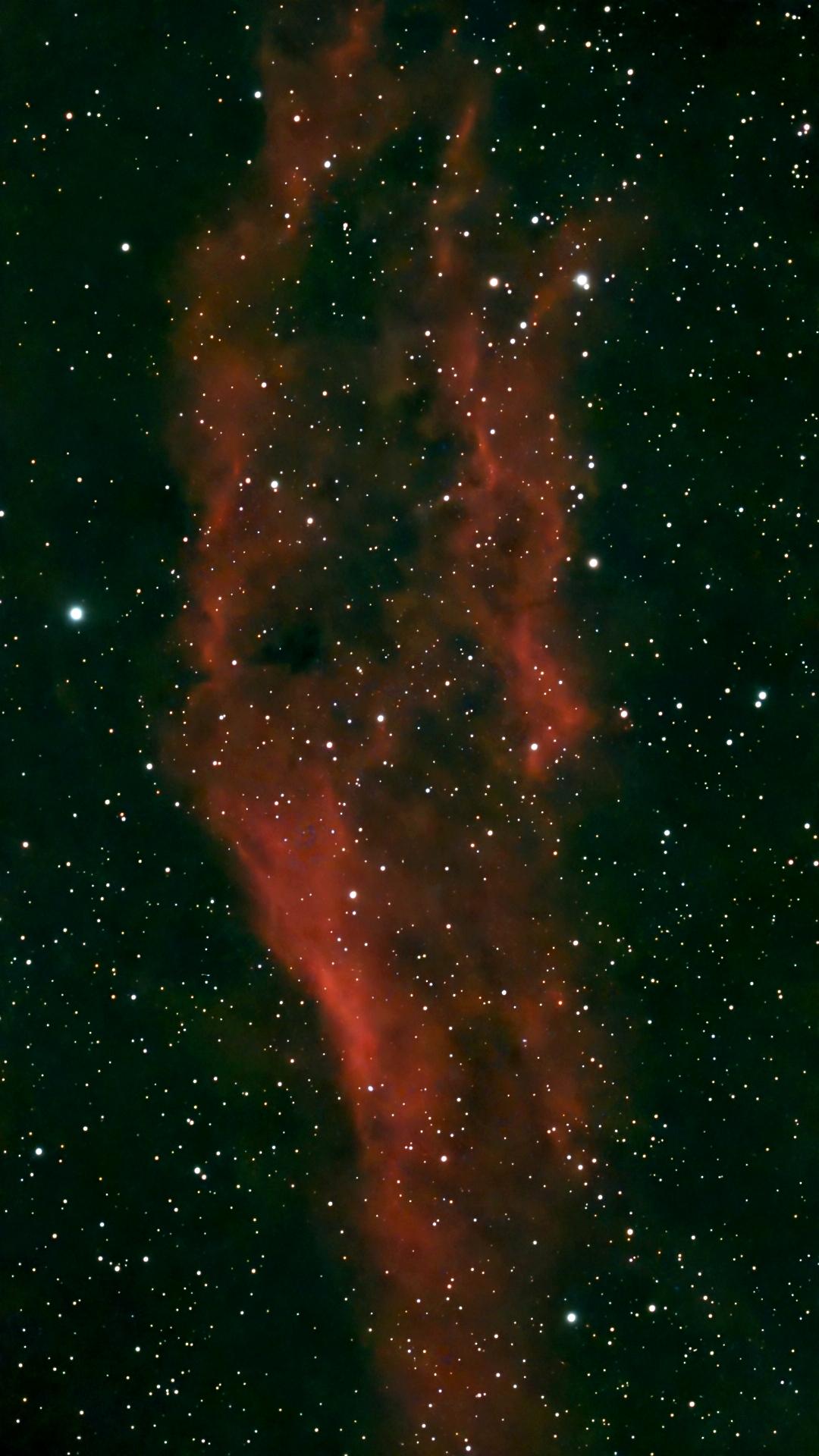
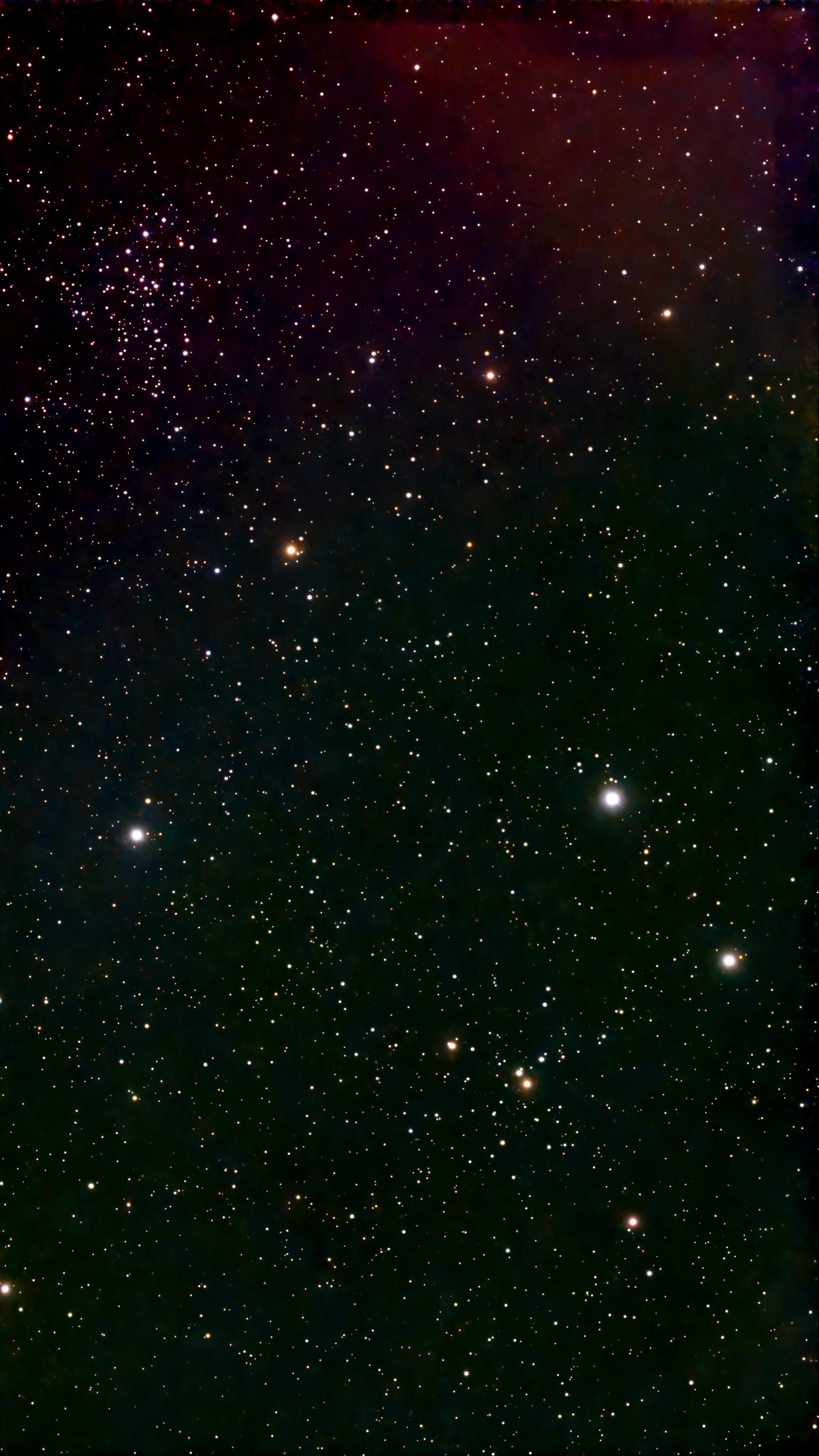
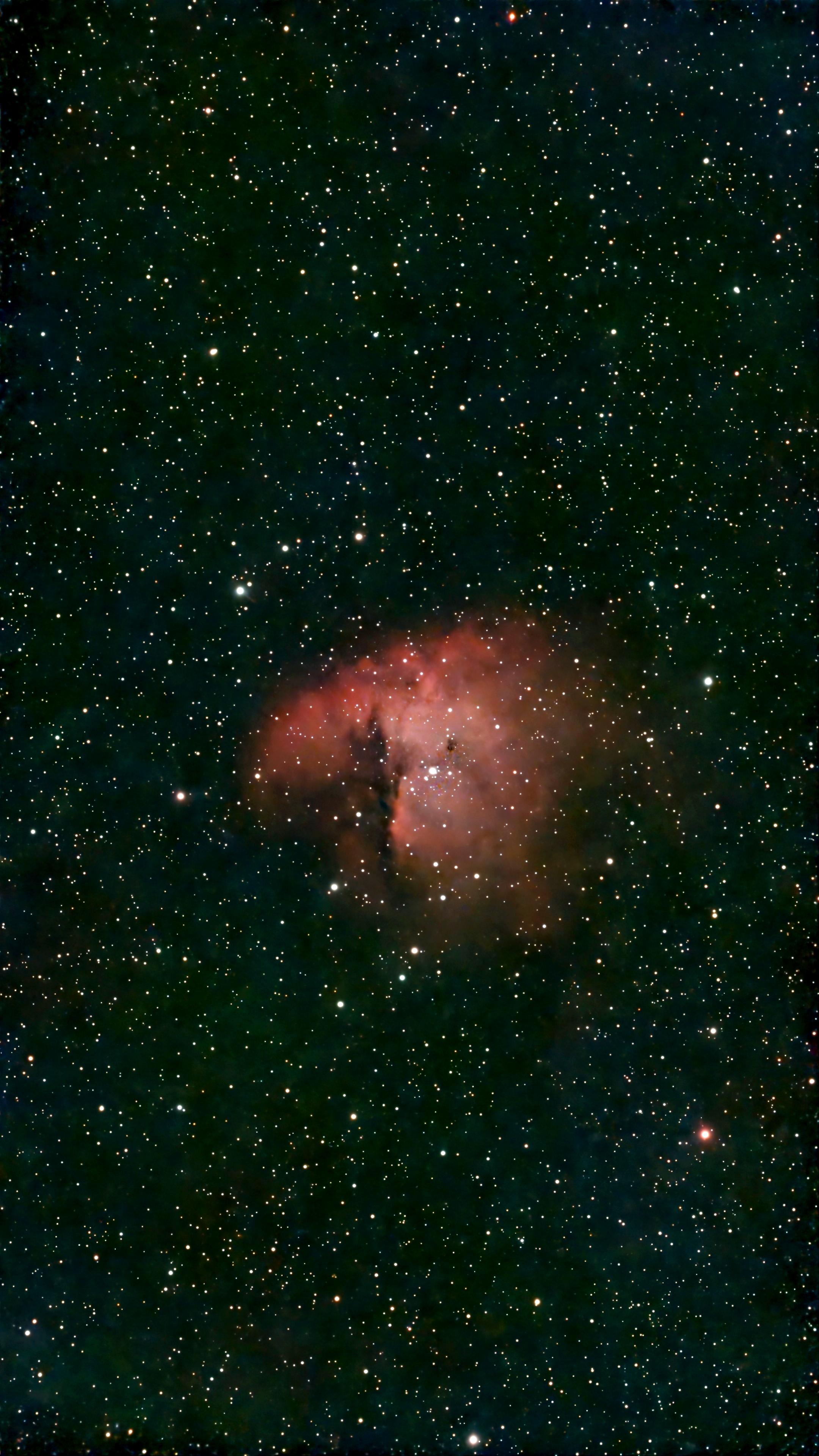

Red Aurora Over Australia
Credits: Terrastro, TWAN
#nature #space #astrophotography


